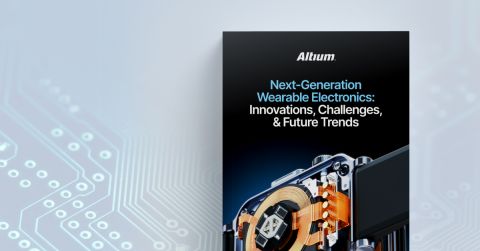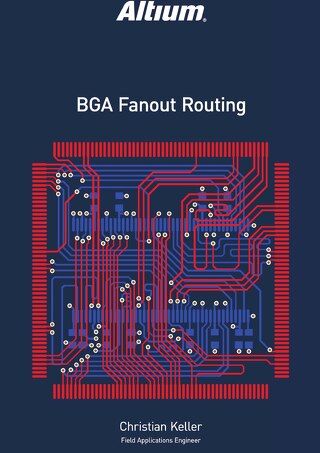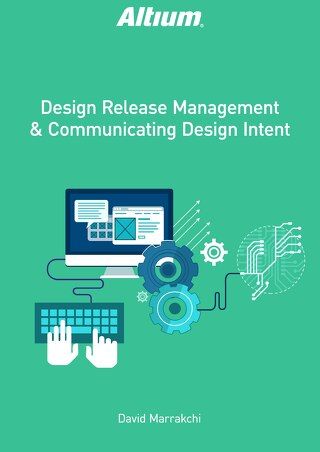Facilitating Physical and Electrical PCB Design Comparison

The increasing demand for smaller, more capable electronics has been a major driving factor behind the development of more complex, densely packed PCBs. Although Electronic Design Automation (EDA) software is regularly updated to handle the added complexity of PCB board design, board designers must still review and approve any and all design modifications made by the software. Comparing physical and electrical PCB design through a review cycle requires comparison of both physical and electrical changes, which can result from a collaboration by multiple board designers on one PCB design. Very little has been done to deliver this information efficiently to board designers during the PCB review process. This paper provides an overview of the challenges that can arise when board designers need to identify changes before merging multiple PCB designs, as well as available solutions that can help facilitate this process.
A BRIEF OVERVIEW OF PCB DESIGN COLLABORATION
Board designers in enterprise and small businesses have a common need to delegate design responsibilities. Tasks that are typically delegated range from PCB layout to routing and schematic capture, to design validation, and more. Merging the work of multiple collaborators into one coherent project introduces its own list of complex challenges. For instance, netlists needing to be merged from different documents while sustaining their links to wiring on the schematic and pre-routed tracks on the PCB design rules. Board designers typically work with files sourced from version-controlled repositories, other collaborators, or third party tools. They need to identify both physical and electrical design differences that may exist between two separate files of concern. A decision must then be made to discard these design differences, or to merge them.
HURDLES OF DESIGN REVIEW
Identifying design differences poses another problem: The EDA software finds and presents board designers with data, then leaves them to decide which changes will be approved and which ones will be dismissed. That data can be presented in the form of text, tables, images or a combination of all the above. Organizing that data and presenting it to board designers is generally a challenge for most EDA software packages, even if it’s done in a way that does not hinder their productivity. Some EDA software with collaboration features try to implement design review interfaces using multiple window panels. Others use third party software that requires users to switch back and forth between 2 or more panels. The latter method tends to be very prone to error, given that board designers can easily confuse design changes during the comparison process. Common mistakes are shown in Table 1.

Table 1: Common errors that might be overlooked during a design comparison process
In larger projects where there may be thousands of different design changes, combined with tight deadlines, there is absolutely no room for user uncertainty. When authorizing a particular change, a board designer must first determine whether or not that change is actually in accordance with what they have in mind for the overall design scheme. This means they must overcome their uncertainty for each individual design change on the list. That is a substantial waste of time spent evaluating the EDA software instead of reviewing board changes.
PCB DESIGN COMPARISON IN ALTIUM DESIGNER
Altium Designer has implemented a simple yet powerful set of built-in comparison tools. A preview of the comparison interface can be seen in Figure 1 below (shown in Advanced Mode). There are 2 different comparison tools in Altium Designer. The Show Differences command (Available through the Project -> Show Differences pathway) is used to detect the logical differences that exist between different versions of PCB design software and Schematics (e.g. Net labels and Net names). The Show Physical Differences command (Project -> Show Physical Differences) allows for a comparison of the physical differences between multiple versions of schematics, PCB editor and even ASCII text documents.

Figure 1: Preview of Altium Designer’s document comparator wizard. The user interface is identicalforbothShowDifferences and Show Physical Differences features
Both tools feature the ability to open documents side by side, and allow users interactive navigation of the list of differences detected, as shown in Figure 2. Interactive navigation features masking and automatic customizable zooming and panning, to show the locations of various differences.

Figure 2: Graphical navigation of physical differences found between two schematic documents
CONCLUSION
Design comparison is a relatively straightforward process, which board designers encounter on many, if not all of their projects. The process can take anywhere from a few minutes to a few months, depending on what methods the designers are using. Some board designers prefer printing out schematics, PCB layout documents or Netlists to highlight differences manually that are found between revisions. Although this method works, it’s also time consuming and prone to human error. It’s far more productive to leverage the features in EDA software to increase user work throughput.
Board designers can make use of EDA software’s ability to pan and zoom into regions of concern in their schematic or Printed Circuit Boards within seconds. This saves valuable time that would otherwise be wasted flipping through printed pages while trying to locate a change between different versions of the same document.










